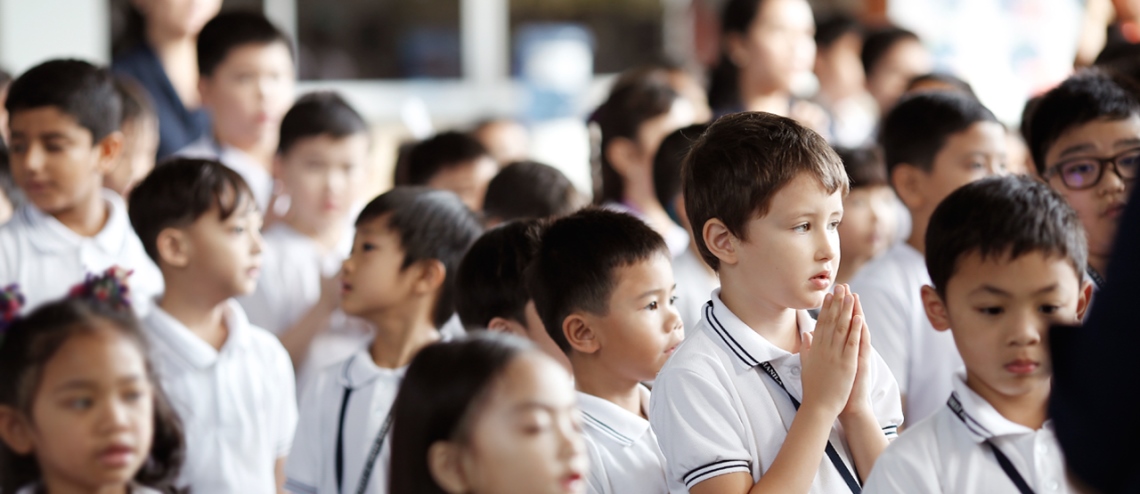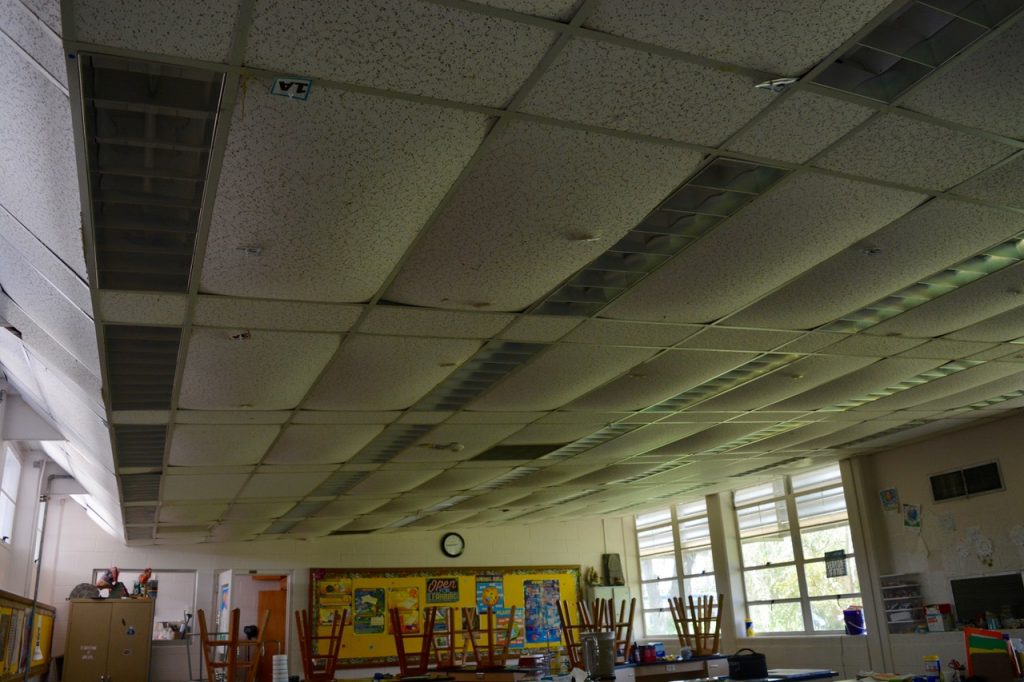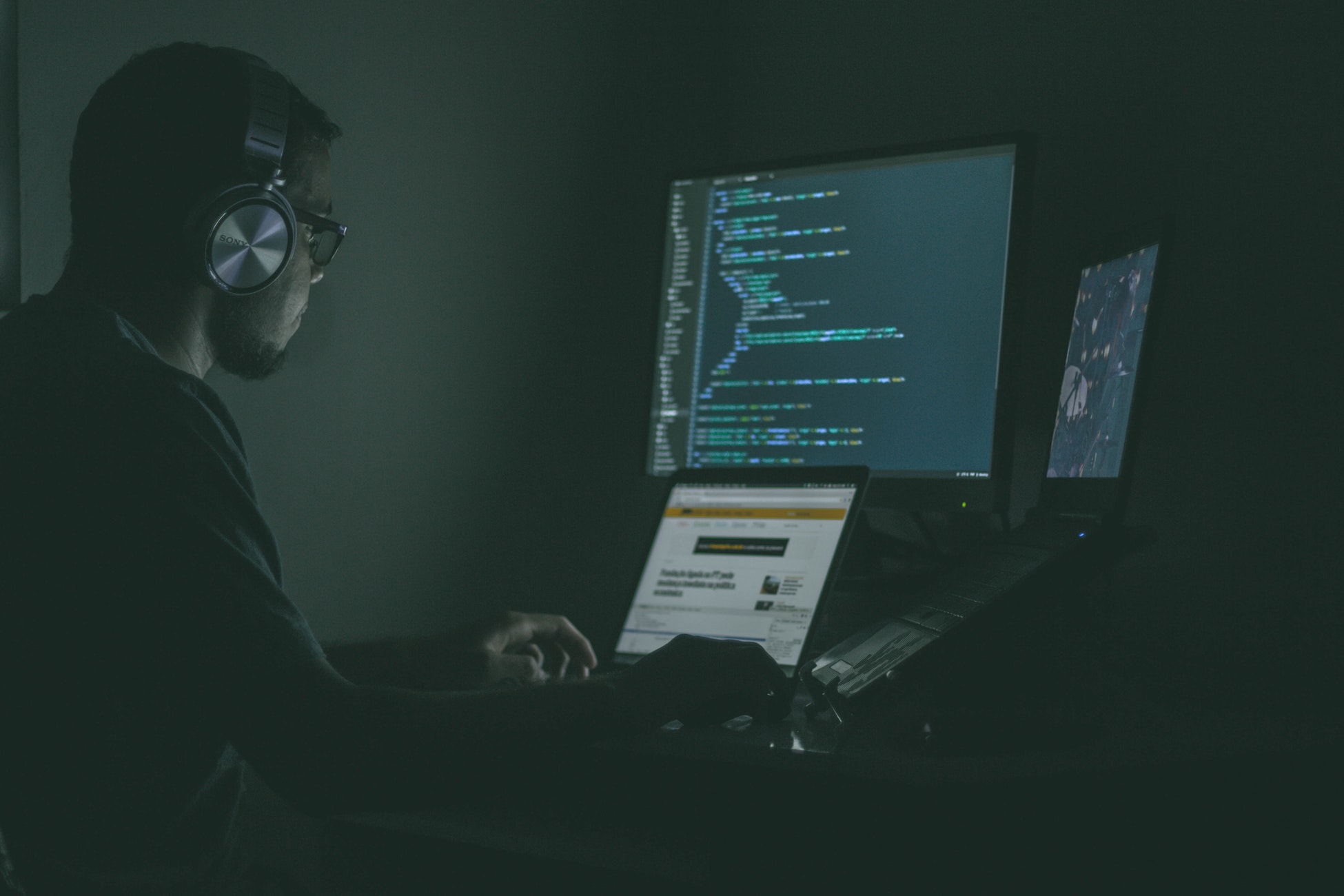A recently conducted TES (Times Educational Supplement) survey throws light on how lockdown stress is rampant among teachers and school officials as they struggle to find answers on how to navigate through the complex process of school reopening efficiently and timely.
Following months of lockdown stress and confinement, school officials are gradually opening their doors to the students. Albeit a much-awaited move, the school reopening process isn’t as easy as one assumes it to be. The world will no longer be the same post-COVID-19.
How can we ensure social distancing while trying to accommodate as many students as we can in a class? Are there enough hand sanitizers? What signboards do we need to address the requirements adequately? Can we accommodate playtime? And among the limitless artillery barrage of questioning, the one that hits them hard is how to redress the balance in an education system that has impacted social classes differently?
TES Global Limited engages in consumer and business journals and periodicals, including the publication of The Times Educational Supplement, The Times Higher Education Supplement and Nursery World and the tes.com news site. TES, formerly known as the Times Educational Supplement, is a weekly UK publication aimed at education professionals.
A need to be mindful of lockdown stress among teachers
The TES poll reveals that more than a third of school teachers feel unacceptable levels of lockdown stress triggered by the coronavirus outbreak. Following the survey of 2,817 teachers in the UK, the results show that over 37 percent of the respondents felt helpless and exposed, primarily due to lack of guidance, financial support, and job assurance coupled with the increasing workload.
The survey shows even more alarming figures when the voices of 4,123 participants worldwide are taken into account. As much as 38 percent of teachers across the globe feel that the lockdown stress was unsustainable.
Another factor that has hugely contributed to the increasing lockdown stress levels among teachers is witnessing first-hand the harsh realities of lives under quarantine. With parents getting increasingly anxious over the job, finances, health, and a constant need to keep their bored and restless children entertained and engaged, the danger of abuse for these children has grown multifold amid lockdowns.
Even before the pandemic unfolded, children were among the most vulnerable class in society. The outbreak only magnified what was going on behind those closed doors as teachers could see the despicable circumstances some children live in.
Setting the school reopening debacle right
Another building block of lockdown stress was inadequate clarity in the school resumption process. Around 53 percent of UK teachers felt that the guidance offered by the education department was equivocal with questions raised regarding the level of transparency at each stage. Only 24 percent of the teachers admitted to receiving sufficient instructions on how to proceed.
Delays in government announcements and lack of communication among school staff have dramatically contributed to the surge in lockdown stress among teachers, Tes concludes. The lack of communication has been disruptive for all lives on lockdown. So, what could be an effective way to bring together everyone in an ecosystem where no teacher or student is left out?
Why connectivity is crucial
Connectivity is essential for us to be united in mind, perception, and action, and eventually, lessen the lockdown stress. The connection allows energy to flow among people to act as one when they want someone to feel seen, heard, and valued.
The World Economic Forum has stated that by 2025, 10 percent of the global gross domestic product (GDP) will be stored on the blockchain and blockchain-related technologies. This means that even when the world is fighting a pandemic while adhering to social distancing norms, connectivity can bring everyone together and level the playing field.
Indeed, lockdown stress is a grave problem, especially for people living under the most stringent restrictions as they fear the worst when these rules are lifted, much like the teacher community, who will find it increasingly challenging to prove that it’s safe for children to make the back-to-school transition. Communication is the key, and blockchain is here to help.
Help blockchain help you
Blockchain learning, with its decentralized, distributed, and immutable nature of the ledgers, has proved to be a game-changer in times when COVID-19 is correcting the centuries-old inconsistencies in the education system. It can bring down the lockdown stress levels in a number of ways.
Storing and managing academic transcripts of the students is a cumbersome task for teachers as each entry needs to be manually validated to ensure accuracy. In spite of carrying out this labor-intensive task, there is still room for error.
Moreover, course contents can get intensively comprehensive for older students. Now, imagine doing this activity in lockdown, with limited internet connectivity and tools. It is bound to escalate lockdown stress among teachers and students alike.
With blockchain-based storage and data management services, teachers can complete these tasks in just a few clicks. They can set up tasks and goals for students through a shared blockchain platform where completion of each task can be easily verified and reviewed instantly.
Tokenization of learning made possible with blockchain
As reported earlier, integrating reviews and ratings in tokenizing learning can also serve as a way to guarantee reliable delivery of blockchain-based learning content and drastically bring down costs associated with acquiring new skills for teachers. A great stress reliever!
Lockdown or not, undergraduates and graduate students are required to publish hundreds of pages worth research. And for many students, this process can go wrong in a variety of ways, starting from paying buck loads of money to publishing companies, buying expensive storage spaces to losing copyrights.
By repressing the need of these intermediaries, automating time-consuming processes and restoring protection against privacy, blockchain can help put the control back in students’ hands. And this control could translate into significant savings for students.
Time to pitch in and get involved
The pandemic has brought many families together, and even though all are doing their part in making this never-experienced-before homeschooling approach a success, lockdown stress is inevitable. But looking at how blockchain is already reforming the economic landscape, it would be exciting to see how it draws a whole new picture for the education industry.
The best part is that this too-good-to-be-true technology already exists, and the future certainly looks promising. As quoted previously,
Help is available in the form of responsive support that offers teachers and leaders the essential tools to succeed, despite the impending lockdown stress. But they need to fall into the system, which is the only viable plan for closing current and future gaps in instruction.







